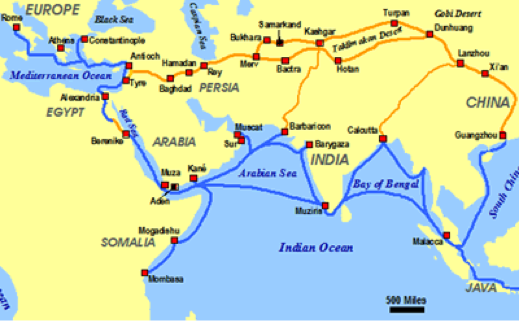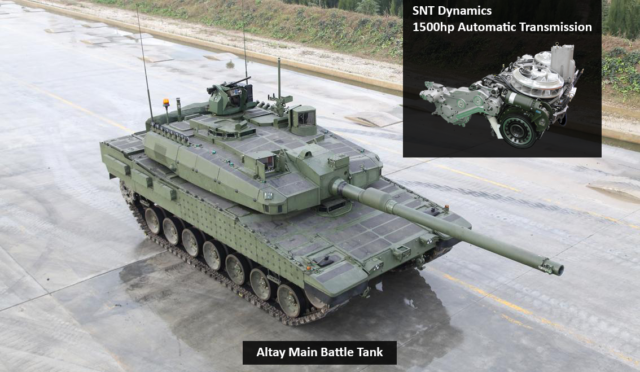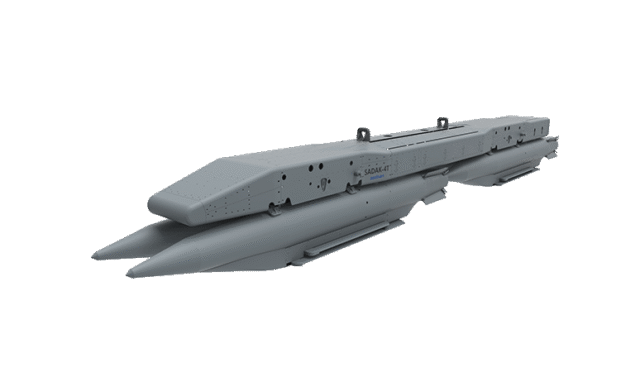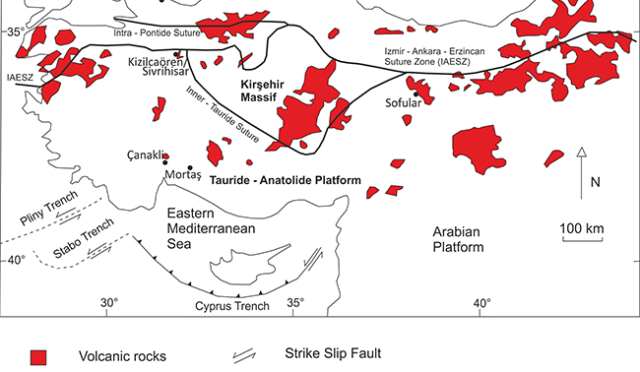Turkey Trade Routes: Key Players and Global Impact
**As the world’s most strategic trade routes intersect at Turkey’s borders, the prospects for competition and collaboration have never been more pronounced. Initiatives such as the Belt and Road, the Development Road, the European Union’s Global Gateway Project, and the India-Middle East-Europe Economic Corridor are reshaping Turkey’s position in global commerce. How will these ambitious projects influence Turkey’s trade landscape? Can Turkey emerge as a pivotal player in international markets?**
In recent years, Turkey has made remarkable strides in establishing new trade routes. Key developments include the activation of the London-Beijing corridor that passes through Istanbul and the Istanbul-Tehran-Islamabad railway, both part of the revived historical Silk Road. These initiatives, alongside strategic emphasis on the Central Corridor and the Blue Homeland policy, signify Turkey’s commitment to enhancing its trade infrastructure. As discussions on existing, under-construction, and future trade routes intensify, it’s critical to understand the relationships Turkey is fostering in this competitive arena.
Strategic Partnerships: A Dual Approach
Turkey’s trade route neighbors can be grouped into four significant projects: China’s Belt and Road Initiative, the U.S.-led India-Middle East-Europe Economic Corridor (IMEC), the EU’s Global Gateway, and Russia’s International North-South Transport Corridor (INSTC). Each of these initiatives holds the potential to significantly affect Turkey’s influence in global trade, making China, the U.S., the EU, and Russia key trade partners.
Among these, China’s Belt and Road Initiative stands out, having aimed since 2013 to establish a robust network of strategic trade routes through substantial investments. Turkey regards the Central Corridor, connecting it to China via London-Beijing, as a vital link. This interdependence necessitates a careful evaluation of whether Turkey can capitalize on new market access or if it merely serves as a transit conduit for China’s commercial aspirations.
Navigating China’s Influence
Moreover, China’s interest in Turkey’s recently highlighted Development Road Project aligns with its strategy to enhance economic corridors for greater global market integration. The China-Pakistan Economic Corridor, a crucial component of the Belt and Road Initiative, illustrates this dynamic. By integrating this with the Development Road, China could expedite goods transportation from the Gwadar Port to Europe via Turkey, an arrangement supportive of its broader economic objectives.
While transit countries may reap certain benefits from these routes, Turkey aims to enhance its capability to deliver goods more efficiently, improving access to both existing and new markets.
Challenges of the North-South Corridor
Meanwhile, the International North-South Transport Corridor (INSTC) – a collaboration of Russia, Iran, and India, with participation from several other countries – serves as a significant transport line in the north-south direction. However, logistical challenges including cumbersome geographical distances and the precarious political environment, particularly in relation to U.S. sanctions on Iran, complicate its operations.
Currently, Turkey’s involvement in the INSTC is limited, as the transportation route does not prioritize Turkish access. Nevertheless, involvement allows Turkey to facilitate trade to Europe, demonstrating potential despite the limitations in influence.
Renewed Interest from Russia
Recent diplomatic moves, such as Russian President Vladimir Putin’s visit to Baku in August 2024 aimed at enhancing the INSTC’s efficiency, underscore ongoing regional dynamics. Russia’s drive to bolster this corridor emerges from needs for new markets in the wake of geopolitical instability following the Ukrainian invasion. Turkey’s role remains limited yet offers opportunities within the INSTC framework.
Additionally, the uncertain status of the Zangezur Corridor, a key route omitted from peace agreements between Azerbaijan and Armenia, further complicates the landscape. A positive resolution could improve prospects for this corridor, while adverse developments could lead to further delays.
The India-Middle East-Europe Economic Corridor
The IMEC has gained attention as a countermeasure to China’s Belt and Road Initiative within the context of U.S.-China rivalry, stemming from discussions at the recent G-20 Summit. Notably, Turkey’s exclusion from the IMEC invitations raises questions regarding its viability and effectiveness as an alternative trade route, leading to a focus on political competition rather than economic collaboration.
For Turkey, if the IMEC progresses, it could lead to adverse consequences, yet there remains an opportunity to expedite the Development Road Project, which could offer more favorable economic conditions relative to the IMEC.
EU’s Response and Strategic Considerations
Conversely, the EU’s Global Gateway Project, launched in December 2021 with a budget of €300 billion allocated between 2021 and 2027, is envisioned as a strategic response to rival initiatives. The EU emphasizes developing sustainable partnerships rather than creating dependency, aiming to promote smart investments in infrastructure that adhere to environmental standards.
Turkey’s active participation in the Global Gateway Project could fortify its global trade network, enhancing integration with the world economy during a period when the EU seeks closer ties with Central Asian markets amid the Ukraine conflict.
Crafting a Future Path
In this evolving context, Turkey’s corridor strategy requires careful assessment of its geographic neighbors in international trade. China, the U.S., Russia, and the EU represent essential players in Turkey’s economic interactions, necessitating a balanced approach to maximize global market connectivity.
Turkey must counter the prevailing trends that favor China’s increasing foothold by fostering robust trade relations with the EU and using its role in the Global Gateway as leverage. Furthermore, it should advance the IMEC as an impetus to accelerate the Development Road Project and shape the INSTC to enhance trade capacity.
Looking Beyond Immediate Routes
Given the competition for routes, Turkey should also explore opportunities to establish trade connections with Pakistan and strategically significant countries like Afghanistan, to supplement its commercial ties. These efforts will contribute to a more diversified trade landscape.
Ultimately, Turkey’s focus should remain on enhancing alternative routes that strengthen economic independence, allowing for the export of high value-added products without over-reliance on any single nation, particularly as it navigates complex relationships with key global players.







